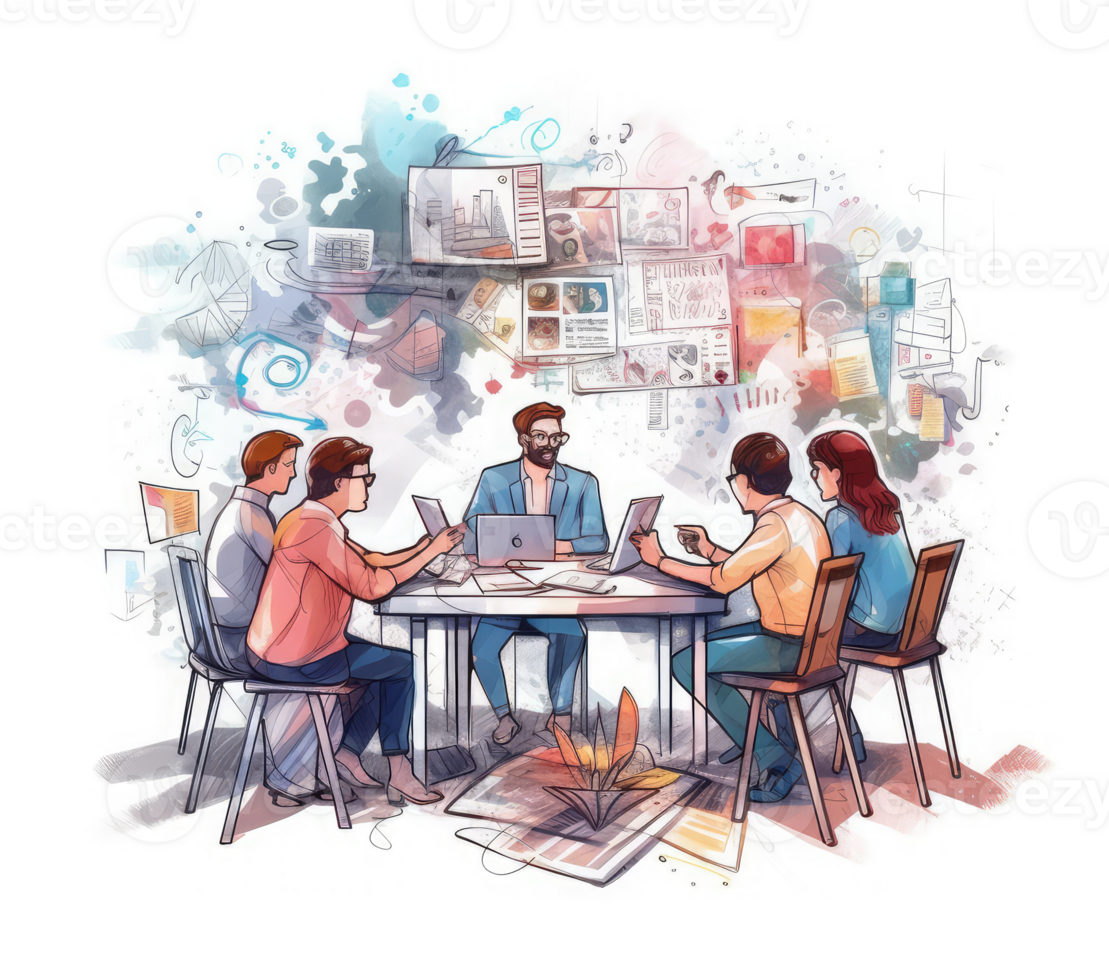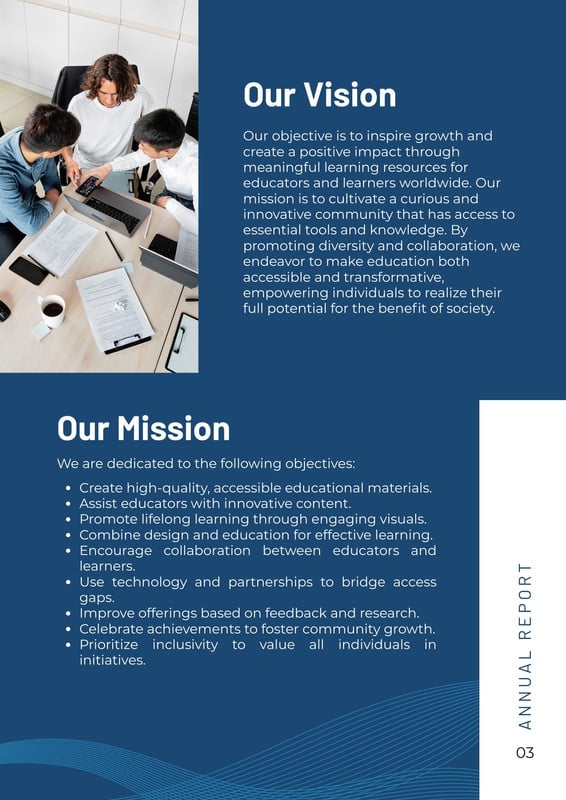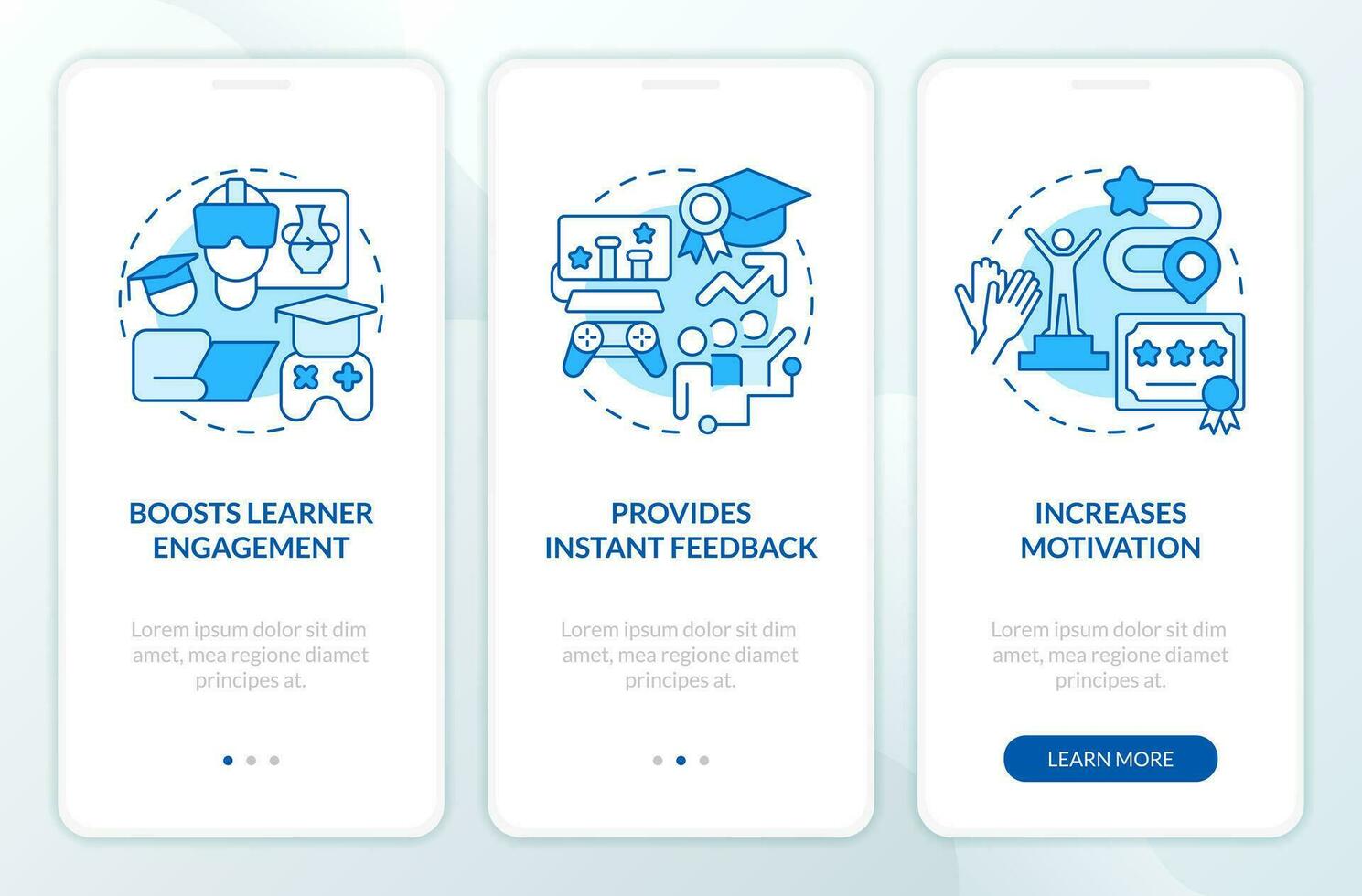Unlocking Potential: Effective Communication Strategies for Students with Communication Disorders



- Speech Sound Disorders (Articulation, Phonology)
- Language Disorders (Receptive, Expressive)
- Fluency Disorders (Stuttering)
- Voice Disorders
- Communication Difficulties related to ASD or other developmental disabilities
Disorder Type | Common Challenges |
|---|---|
Speech Sound Disorders | Difficulty pronouncing sounds correctly, impacting speech intelligibility. |
Language Disorders | Difficulty understanding or using spoken language, affecting comprehension and expression. |
Fluency Disorders | Interruptions in the flow of speech, such as stuttering or cluttering. |
Voice Disorders | Abnormalities in voice quality, pitch, or loudness. |
Disorder Type | Common Challenges |
|---|---|
Speech Sound Disorders | Difficulty pronouncing sounds correctly, impacting speech intelligibility. |
Language Disorders | Difficulty understanding or using spoken language, affecting comprehension and expression. |
Fluency Disorders | Interruptions in the flow of speech, such as stuttering or cluttering. |
Voice Disorders | Abnormalities in voice quality, pitch, or loudness. |

- Use clear and concise language.
- Provide visual aids to support comprehension.
- Break down information into smaller chunks.
- Allow ample time for processing and response.
- Create a low-pressure environment for communication.
Strategy | Description | Benefits |
|---|---|---|
Visual Supports | Using pictures, diagrams, or graphic organizers | Enhances comprehension, reduces reliance on auditory processing. |
Simplified Language | Using shorter sentences and avoiding complex vocabulary | Improves accessibility, reduces cognitive load. |
Extended Wait Time | Allowing more time for students to process and respond | Reduces pressure, facilitates thoughtful responses. |
Strategy | Description | Benefits |
|---|---|---|
Visual Supports | Using pictures, diagrams, or graphic organizers | Enhances comprehension, reduces reliance on auditory processing. |
Simplified Language | Using shorter sentences and avoiding complex vocabulary | Improves accessibility, reduces cognitive load. |
Extended Wait Time | Allowing more time for students to process and respond | Reduces pressure, facilitates thoughtful responses. |

- Picture Communication Boards
- Speech-Generating Devices (SGDs)
- Augmentative and Alternative Communication (AAC) Apps
- Text-to-Speech Software
- Voice Amplification Systems
Assistive Technology | Description | Benefits |
|---|---|---|
Speech-Generating Devices (SGDs) | Electronic devices that produce synthesized speech | Provides a voice for students who are nonverbal or have limited speech. |
Augmentative and Alternative Communication (AAC) Apps | Software applications for tablets or smartphones that support communication | Offers a portable and customizable communication solution. |
Text-to-Speech Software | Converts written text into spoken words | Enables students to access written materials and communicate their ideas through writing. |
Assistive Technology | Description | Benefits |
|---|---|---|
Speech-Generating Devices (SGDs) | Electronic devices that produce synthesized speech | Provides a voice for students who are nonverbal or have limited speech. |
Augmentative and Alternative Communication (AAC) Apps | Software applications for tablets or smartphones that support communication | Offers a portable and customizable communication solution. |
Text-to-Speech Software | Converts written text into spoken words | Enables students to access written materials and communicate their ideas through writing. |

- Regular Parent-Teacher Conferences
- Frequent Email Updates
- Shared Communication Logs
- Home-Based Communication Activities
- Collaborative Goal Setting
Communication Method | Frequency | Purpose |
|---|---|---|
Parent-Teacher Conferences | At least twice a year | Discuss student progress, challenges, and strategies. |
Email Updates | Weekly or bi-weekly | Provide quick updates on classroom activities and student performance. |
Communication Logs | Daily or weekly | Share specific observations and strategies between school and home. |
Communication Method | Frequency | Purpose |
|---|---|---|
Parent-Teacher Conferences | At least twice a year | Discuss student progress, challenges, and strategies. |
Email Updates | Weekly or bi-weekly | Provide quick updates on classroom activities and student performance. |
Communication Logs | Daily or weekly | Share specific observations and strategies between school and home. |








